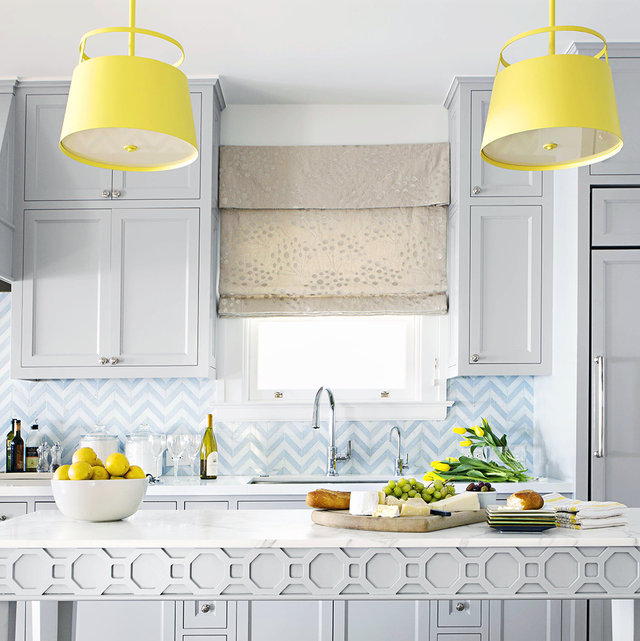
Before we begin, we should clarify that what we really mean is your listing should give the audience a better sense of its “perceived” value over other choices that the pool of prospective buyers has to choose from. So what do we mean by that? Better condition, well maintained, an attractive list price, the right updates, visually appealing, fewer items left on the to-do list, and playing up its best attributes.
From a basic construction perspective, most homes are much more similar than we believe them to be as consumers. If we took our emotions out of the equation, it would be much easier (but most of us buy homes emotionally). That is – once a property meets the general criteria, we make the decision to buy or walk away based on a feeling, typically a positive one.
How many times have you heard someone say, “the minute we walked in, we just knew this was the one…”? Vary rarely can they clearly articulate the reason in one clear sentence, but they definitely sensed the difference and knew they had to act.
Know your competition before you list and commit to a strategy. Analyze what they do well and where you’ve definitely got them beat, and work to establish a clear differentiation that prospective buyers will have no trouble noticing.
You are not going to put in a pool or a second-storey addition just to make the sale easier, but their are dozens of quick, low-cost things you can do to add immediate “perceived” value:
Landscaping and curb appeal; flowers and shrubs; interior and exterior lighting; new kitchen counter; update door hardware; add closet organizers; scrub floor tiles and grout; interior paint; replace tired carpet; junk removal; add a new mailbox and house number; update bathroom vanity; polish existing hardwood floors; upgrade your tub and shower fixtures; and so much more!
Every dollar that is well spent will give you back two dollars, and will make your sale quicker and more profitable. The effort spent on the details will be apparent in the end result.

